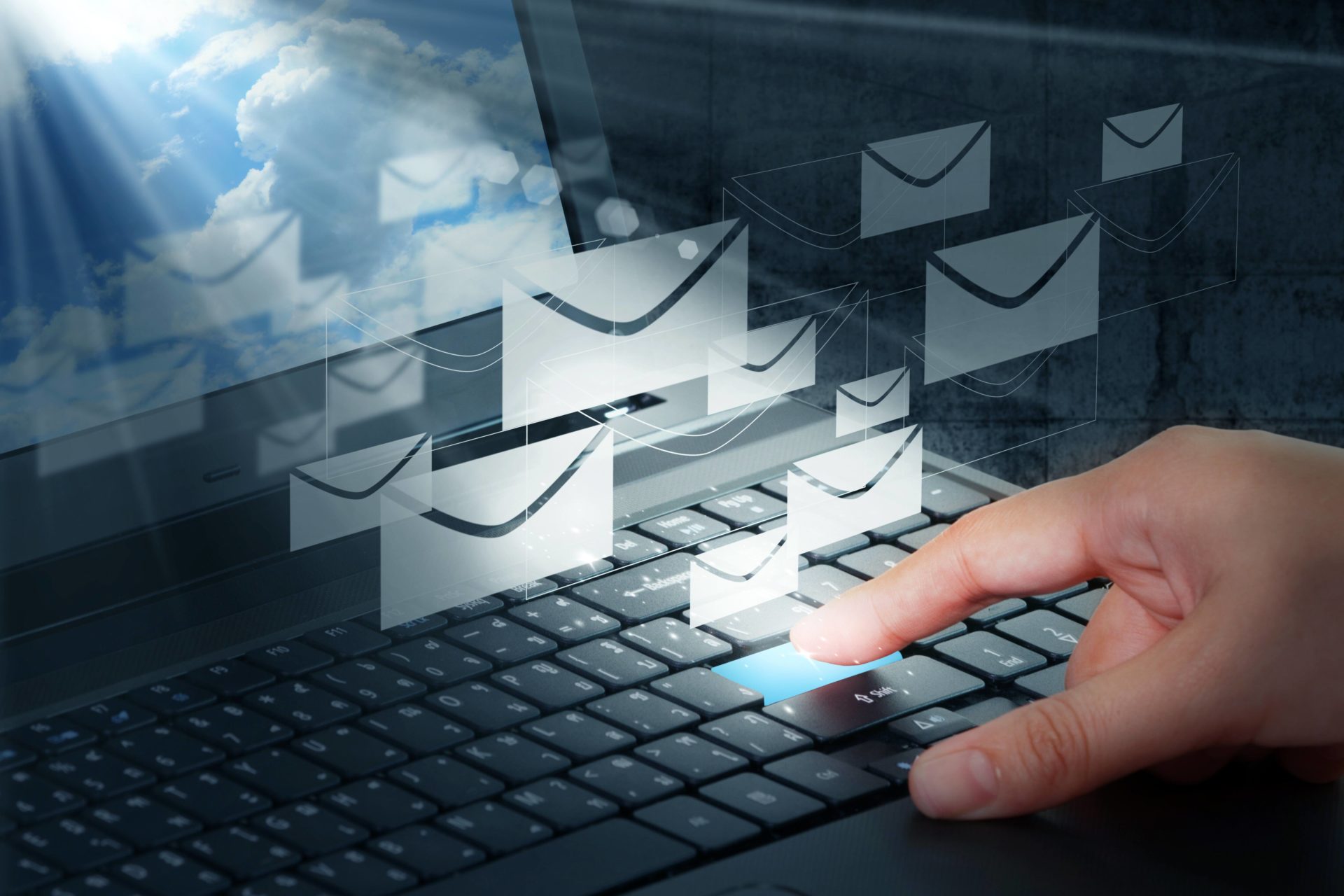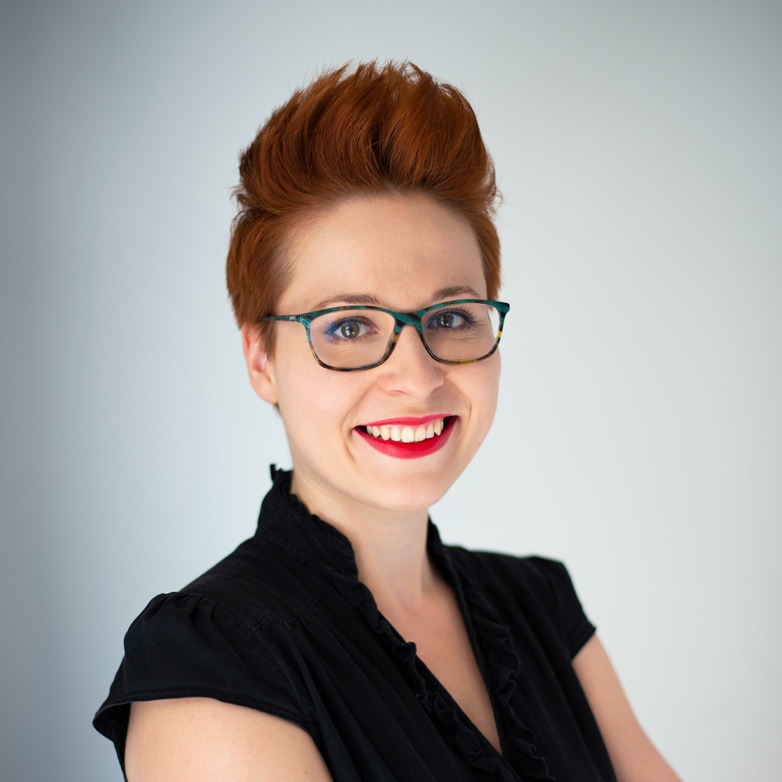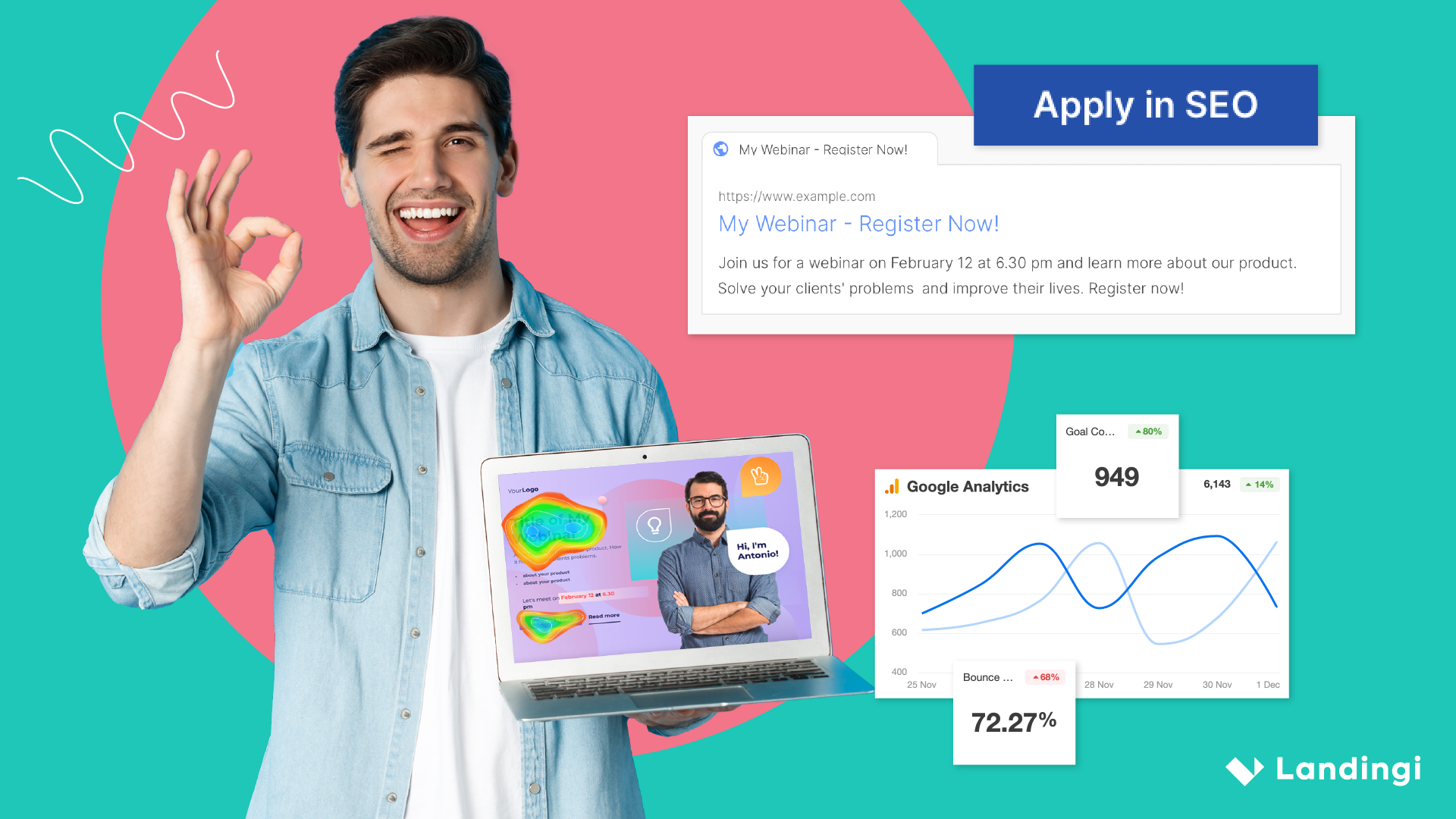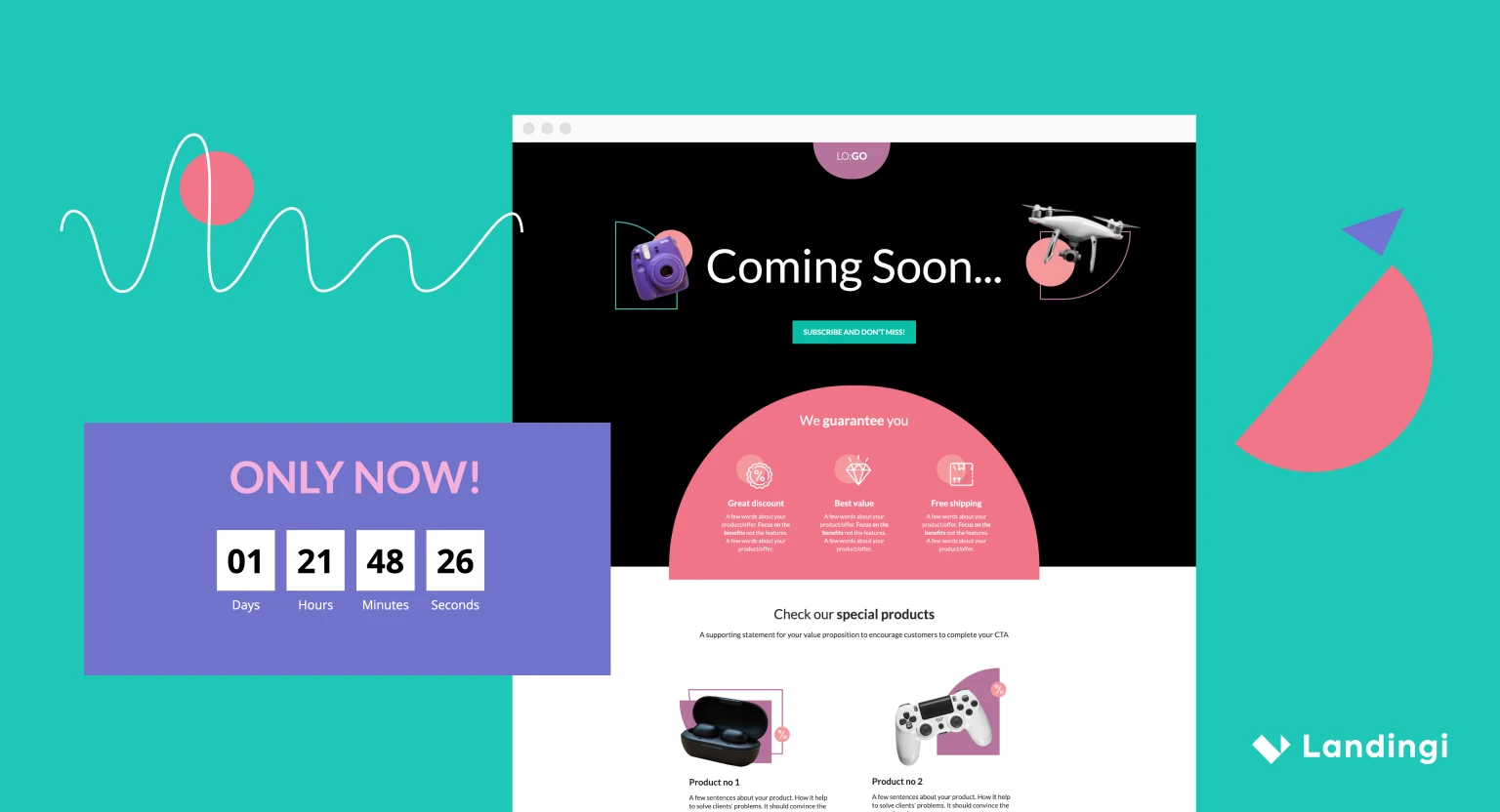Email marketing has always been something of a double-edged sword. On one hand, it’s a simple and effective method of reaching your target audience in a place where they won’t miss your message—their inbox.
On the other hand, with so many companies joining the email bandwagon, the rise of spam and the tsunami of emails that hits most inboxes can be enough to trigger mass unsubscribes and deletions.
Statistics indicate that email marketing has a return on investment (ROI) of 3800%, which shows it continues to be one of the most effective channels in existence.
To achieve that kind of result, though, it’s imperative that you do it correctly, and that means using email marketing landing page templates that convert.
Why You Need Landing Pages to Complement Your Email Marketing Campaign
It’s one thing for your marketing email to grab your user’s attention, but unless you can direct that interest in a way that guides him (or her) to connect with you, it’s fairly useless. A landing page is a standalone webpage your prospect reaches after clicking through from your email, which typically provides:
- More information about your offer;
- The benefits to consumers of taking up your offer; and
- How the user can obtain your offer or make contact with someone who can help them do that.
Without a good landing page, your email is just a communication channel. But with an effective landing page linked to it, you have a mechanism to convert interested users into potential clients.
As a bonus, email landing pages also help improve your search engine optimization (SEO) and build your brand, because they constitute fresh content optimized for your keywords that get traffic from the emails.
Make your sections smartable and let go of mundane manual tasks with Smart Sections! An easy way to manage bulk changes.
What Your Email Marketing Landing Pages Should Include
For a landing page to achieve its objectives, it needs to follow a tried-and-tested formula that includes these essential components.
Compelling and Effective Headline
The headline is the first element visitors see when they arrive on a landing page. By making it persuasive and attractive, you exponentially increase your chances of keeping users on the page.
The headline should grab and focus the reader’s attention, making them want to read more. It sets the stage and emotional tone that will encourage them to stay on the page.
There are three golden rules for creating a compelling headline:
- Rule 1. Focus on benefits, not features. This is a standard marketing technique based on the understanding that even your most passionate customers don’t really care about your brand. They care about how it benefits them, so it’s vital that your landing page headline communicates this fact immediately. Think “WIIFM” (What’s in It for Me) and make sure you answer the unspoken question.
- Rule 2. Customize for your target audience. Speak directly to the main persona you want to reach—anyone else is peripheral. Consider the wants and needs of this persona, and make sure your headline addresses those points directly using the type of language they are comfortable with.
- Rule 3. Encourage action. A call to action (CTA) is one thing, but it’s important to infuse every aspect of your email marketing landing page with actionable language. One way to increase the engagement factor of your headline is to start with an active verb or imperative, such as “Get,” “Go,” “Request,” or “Receive.”
Here’s an example of a great landing page headline from Evernote, a web-clipping application, which is actionable and inspiring, addresses people who want or need to remember things, and focuses on the benefits—all in the space of two words.

Convincing Subheads
A thoughtful progression of subheadings forms the backbone of good content. Just as headlines have the critical task of convincing the reader to dive into the body copy, subheads keep them moving smoothly along.
They break up what might otherwise be solid blocks of text that could be intimidating and also act as signposts for the skim-reader to guide them in the right direction.
When each subhead “sells” the section, it keeps the reader engaged and allows them to easily find the information they really want.
To have the power to draw the reader in, a compelling subhead should:
- Create curiosity for the reader;
- Generate surprise;
- Exude personality; or
- Elicit an emotion.
After your headline captures the reader’s interest, your subheads should persuade them to keep on going until they get the information they are after.
Inspiring Visuals
Everything about your email marketing landing page needs to inspire, and that includes the visuals you use. Whether you choose photos, video or other types of imagery, remember that these elements serve as a representation of your offer.
They should show visitors what they will have after converting, which could be the actual physical product or the feeling they’ll have when their problem is solved. It also needs to be clear and easy to see, or it’s likely to be less than inspiring. Here are examples of good and not-so-good landing page visuals:
Good: This landing page image from Uber shows a person performing the action the page is selling, looking happy and safe and affluent while doing so. It’s large, clear and close-up enough to feel the emotion in the picture.

Not so good: In terms of visuals, this landing page from PayPal contains an image which might or might not be the cover of the e-book.
Either way, it’s small and difficult to see and wastes an incredible amount of usable space.
How likely is it that the image itself will help encourage visitors to download the eBook? Probably not very.

Both pages are aimed at entrepreneurs who need to earn a living, but the first landing page is far more likely to resonate with its audience than the second.
A Quality Design
Creating a landing page that works requires incorporating the components we’ve listed into a quality design that achieves your objectives for the page. Even if you use pre-made WordPress landing pages or templates, it’s important to adjust the project to your needs.
Design best practices include:
- Very specific messaging in prominent locations,
- A simple, uncluttered layout that draws the user’s eye to the most important elements in the right sequence,
- Easy navigation,
- Minimal distractions, and
- High-contrast, unmissable CTAs that steer users into your funnel.
This landing page from Shopify makes good use of all these practices:

This page even infuses the sense of urgency with the timer at the top. The call to action “Enter Now” is specific and easy to find, and it leaves the user in no doubt where clicking will take him.
Supporting Evidence
Without hard data to support your assertions, even the most compelling marketing message can fail. If you can’t include evidence in the form of testimonials on your email marketing landing pages, find a way to show users that such evidence does exist. This could include adding customer logos, links to case studies, or even an image of a satisfied customer. If you’re concerned about making the page too cluttered, try an option such as the “Learn More” link on Shopify’s page (above).
Contact Options
Of course, one of the most important components is your method of contact. Once again, it’s a finely balanced activity to get the user to provide the information you need without overwhelming them and chasing them away.
Common mistakes are:
- The “Goldilocks syndrome,” which is the inclusion of so many fields that the user hesitates to complete them. While many industry experts believe fewer fields will get you a higher conversion rate, research from Formstack’s 2014 Form Conversion Report shows that a lot depends on the type of form you use.

- Redirecting users too many times. When they’ve already clicked through from an email to your landing page, you need to capture them either right there or on the very next click. Don’t send them clicking through another few pages just to get to your standard website contact form.
Your post-click landing page forms should also be aimed at where arriving users are in your marketing funnel. The further down the funnel they are, the more information you can ask for. If your original email marketing is targeted correctly, you should see better results from your landing page contact form, provided you choose your type of communication carefully.
How to Create High-Converting Email Landing Pages
Knowing what to include in your email marketing landing pages is one part of the battle, but how do you go about creating or developing them? Here’s a step-by-step guide to get you started.
Select Your Target Keywords
Before you start creating email marketing landing pages, it’s essential that you select the right keywords to target. Do your research using one of the many tools available to determine what terms users search for when they are looking for your product or service. You’ll use the primary keyword in the copy on your landing page, as well as in your metadata, image names, and alt text.
Choose a Tool
Most email programs have landing page tools that all offer a wide range of features, according to this comparison by Capterra. Most of them have template libraries, drag-and-drop functionality—which enables you to create a page quickly and without the need to understand code—and the ability to A/B test landing pages and see which one works best.
Discover the Audience’s Pain Points
Speaking directly to your audience’s “pain points” requires you to first know what those are. Start by identifying which of the following three main categories the pain points fit into:
- Financial. They are spending too much money on either the problem or their current solution and want to lower their costs
- Productivity. They are spending too much time on either the problem or their current solution and want to use time more efficiently
- Process. The current solution is not working well, and they want to improve the way they do things
Determining the pain points requires research into your prospect’s needs and wants by including a survey option on your landing page, using existing data, or asking questions of your sales team or the clients themselves.
Identify Your Lead Magnet
A lead magnet is an incentive that email marketing landing pages offer to users in exchange for their response to your call to action.
Whether that response involves giving you their contact details, completing a survey or creating an account with your company, offering something of value (such as a free checklist, eBook or white paper) helps convince them to share their information.
This downloadable content from Headline Hacks is a good example of a lead magnet that is too good not to give up contact details for.

Highlight the Benefits
The WIIFM principle applies throughout your email landing page, not just in your headline. Everything you include on the page should be laser-focused on demonstrating the benefits to your prospect.
To identify these benefits, make a list of every boast-worthy feature of your company and product, then examine what those features actually do. Then, consider how each feature helps or empowers the buyer.
Smartphones, for example, come in different colors. That’s a feature, but what it offers users is the benefit of choosing the color they prefer.
Conduct A/B Testing
A/B testing your email marketing landing pages is vital for knowing whether a page is converting well. Don’t make assumptions about what you think will work and leave it at that—instead, test your theories by creating a few versions of your page to see which one delivers more clicks, more conversions, and stronger leads.
What Your Landing Pages Should Achieve
Quality, effective email marketing landing pages should ultimately align your offer with your audience, appeal to your prospects’ emotions and deliver detailed coverage of how a user will benefit from conversion.
A page also needs to reiterate your primary marketing message in a tone that matches your email campaign and should include ways to promote visitor engagement with your content.
Your landing page should address any specific customer objections and concerns you anticipate, as well as gather their contact information and qualify the lead.
Make use of Landingi’s landing page builder and start creating your landing pages now!








